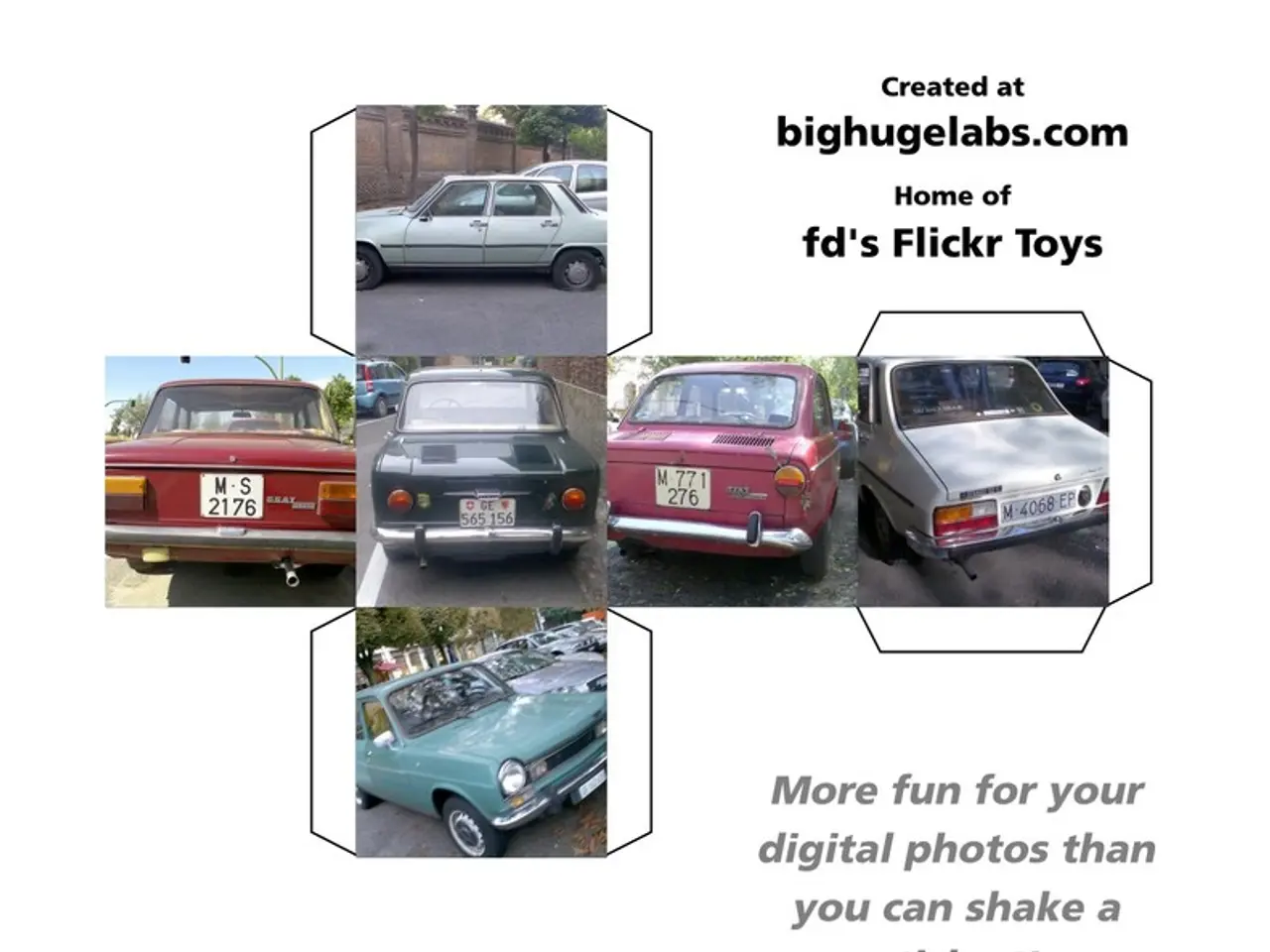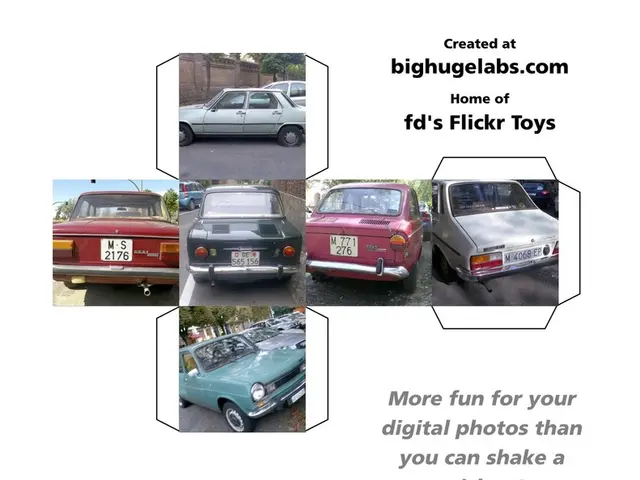Subaru Owners Widely Adopting Driver Attention Monitoring System, According to IIHS Report
The Insurance Institute for Highway Safety (IIHS) has conducted a study on the DriverFocus system, a type of attention support feature offered by Subaru. The study reveals that most owners of Subaru vehicles equipped with the DriverFocus system believe it makes them safer drivers.
The DriverFocus system, which uses a driver-facing camera to detect whether the driver's eyes are open and directed at the road ahead, analyzes steering patterns and lane deviations to determine when a driver's awareness is slipping. Among those who drive with the DriverFocus system turned on, 64% agree that it makes them a safer driver, and 63% agree it helps them avoid distractions.
According to the IIHS study, nearly nine out of ten drivers who have the DriverFocus system on their vehicles use it most or all of the time. A majority of drivers who have the DriverFocus system also expressed a desire for the next vehicle they purchase to have it.
However, some drivers found the alerts from the DriverFocus system to be annoying and too frequent. Some who turned off the system complained about these alerts. The IIHS suggests that some drivers may have misconceptions about the behaviors that should trigger a distraction alert from the DriverFocus system.
The study found that many drivers who received false alarms were changing lanes without using the turn signal, which the system is designed not to issue an alert for when the turn signal is engaged. Other drivers received warnings when they were looking away from the road to use their navigation system or adjust the radio or climate controls.
The DriverFocus system issues false alarms when drivers are changing lanes without using the turn signal or when they are looking away from the road to use navigation or adjust controls. This may be due to drivers' misconceptions about the behaviors that should trigger a distraction alert.
Other manufacturers, like Ford, offer camera-based attention support functions, such as Pre-Collision Assist that scans the road ahead with a camera to warn the driver and intervene if necessary. Other brands like BYD use advanced camera sensor packages for autonomous driving features, though specific attention support details are less explicit.
Some manufacturers offer simpler, pattern-based systems as standalone features, but camera-based systems are most often employed in conjunction with partial automation. The DriverFocus system, offered by Subaru, is one such example.
In an online survey of 3,500 Subaru vehicle owners with the DriverFocus system, 87% keep it turned on most or every time they drive. This high usage rate suggests that the system is effective in promoting safe driving habits among its users.
In conclusion, the DriverFocus system, with its high usage rate and positive feedback from users, seems to be an effective tool in promoting safe driving and reducing distractions on the road. However, it is important for drivers to understand the system's capabilities and limitations to avoid misconceptions and false alarms.
Read also:
- Musk announces intention to sue Apple for overlooking X and Grok in the top app listings
- Cybertruck's Disappointing Setback, Musk's New Policy, Mega-Pack Triumphs, Model Y's Anticipated Upgrade Prior to Refresh (Week of January 25 for Tesla)
- Innovative Company ILiAD Technologies Introduces ILiAD+: Boosting Direct Lithium Extraction Technology's Efficiency Substantially
- Nuclear Ambitions at a U.S. Airport Spark Controversy, With Opposition Swelling








